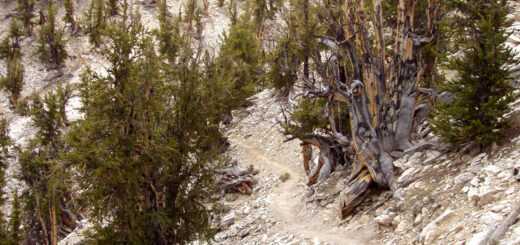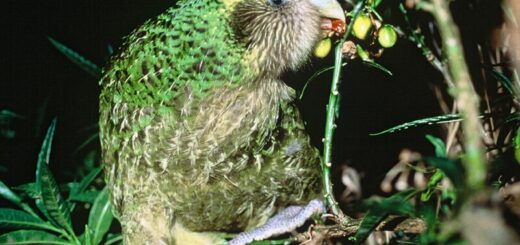Florida Yew – A Rare Gem of the Sunshine State’s Forests

When people think of Florida, they often picture swaying palms, beach sunsets, and maybe a gator or two. But tucked away in the shaded ravines of the Florida Panhandle is a little-known evergreen that most folks have never heard of, the Florida Yew (Taxus floridana). This tree is not just rare; it’s critically endangered and found only in a tiny sliver of the world.
What Is the Florida Yew? 🌿
The Florida Yew is a small, slow-growing conifer in the yew family, related to ornamental yews found in gardens across the country. But unlike its widely planted cousins, this species is wild, native, and highly localized—it only grows naturally in a few counties near the Apalachicola River in northern Florida.
It typically grows as a shrub or small tree, rarely more than 20 feet tall, with flat, dark green needles and purple-brown bark that peels in strips. In spring, female trees produce small fleshy red fruits that look like berries (but are actually arils), each holding a single seed.
Why Is It Endangered? 🛑
The Florida Yew’s biggest challenge? Its incredibly limited range.
Found only in the ravine forests of Gadsden and Liberty counties, its entire population spans less than 10 square miles. That means any changes—logging, development, erosion, or even invasive plants—can have a massive impact. Habitat loss and degradation over the years have pushed this species to the brink. It’s now listed as critically endangered by the IUCN and a federally protected species in the U.S.
Another issue? It doesn’t reproduce easily in the wild. Its seeds are slow to germinate, and young plants are vulnerable to browsing by deer and competition from faster-growing plants.
A Tree With Hidden Potential 💊
Interestingly, yew species around the world have caught the attention of the medical community. The bark of the Pacific Yew, for instance, led to the discovery of Taxol, a powerful cancer-fighting drug. While the Florida Yew isn’t currently used medicinally, its close relation means it could have untapped pharmaceutical potential.
But harvesting it for that purpose? Not an option right now. With such a tiny population, the priority is conservation.
Why It Matters 🌎
The Florida Yew might not be as famous as Florida’s orange groves or as flashy as the Everglades, but it’s a vital part of the state’s ecological heritage. It plays a role in its unique ecosystem, and its presence is a reminder of how delicate and complex our natural world is.
Protecting this tree means protecting the rich biodiversity of one of Florida’s most unique environments.
What You Can Do 🌱
- Support native plant conservation by donating to organizations like the Florida Native Plant Society or The Nature Conservancy.
- Raise awareness, talk about rare species like the Florida Yew. The more people who know it exists, the better chance it has of surviving.
- Respect wild habitats when hiking or exploring nature preserves in the Panhandle. Even the smallest actions can make a difference.
In a world that often favors the big, the bold, and the fast-growing, the Florida Yew reminds us of the beauty and importance of the rare, the slow, and the quietly resilient. It may be small and hidden, but its story is worth telling and its survival is worth fighting for.
References:
https://en.wikipedia.org/wiki/Taxus_floridana










